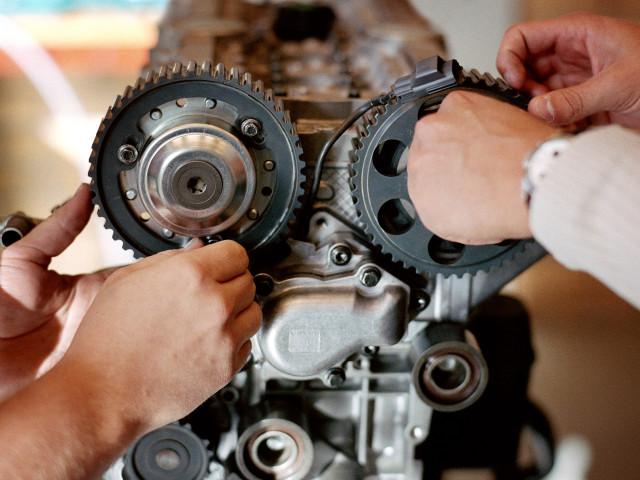The course covers steady aerodynamics in detail and intends to introduce students to unsteady aerodynamics and aeroelasticity. The course consists of two parts: aerodynamics and aeroelasticity. In the first part of the course, focus is placed on fundamental aspects of stationary aerodynamics. The following subjects are included:
- Aerodynamic forces and moments: lift and drag, pitching moment, airfoil polar, aerodynamic center, center of pressure
- Incompressible potential flows, singularities (vortex, source, doublet), d'Alembert principle, circulation
- Superposition of fundamental solutions, lifting cylinder, Kutta-Joukowski theorem, conformal mapping, Joukowsky airfoil
- Thin airfoil theory: line distribution of singularities, effect of thickness and camber, Kutta condition
- Panel methods: potential-based, vortex-based, source-based, equivalence between source, doublet and vortex-based methods
- 3D wings: vortex sheet, Prandtl lifting line theory for large aspect ratio wings, distribution of circulation, induced drag, downwash velocity, elliptic lift distribution, optimal wing, general lift distribution
- Boundary layers: concepts and definitions, boundary conditions, thickness, von Karman integral equation, flow separation and airfoil stall, transition to turbulence
- Laminar boundary layer: self-similar solution (Blasius, Falkner-Skan), Pohlhaussen method, Thwaites method
- Turbulent boundary layer: transition, characteristics, Reynolds-averaging, Head method, log law
- Compressible aerodynamics: compressible potential flow, Prandtl-Glauert equation, flow past a thin airfoil (subsonic, transonic, supersonic)
The other part of the course focuses on the bases of aeroelasticity and interaction between the flow and the structure. The following is treated:
- Aeroelastic (coupled fluid-structural) equation of motion
- Solution to the aeroelastic equation of motion for linear dynamic systems
- Steady aeroelasticity (divergence, control surface reversal)
- Unsteady aeroelasticity (flutter, gust, aerodynamically imposed reactions)
- Classical potential flow theory of unsteady aerodynamics
